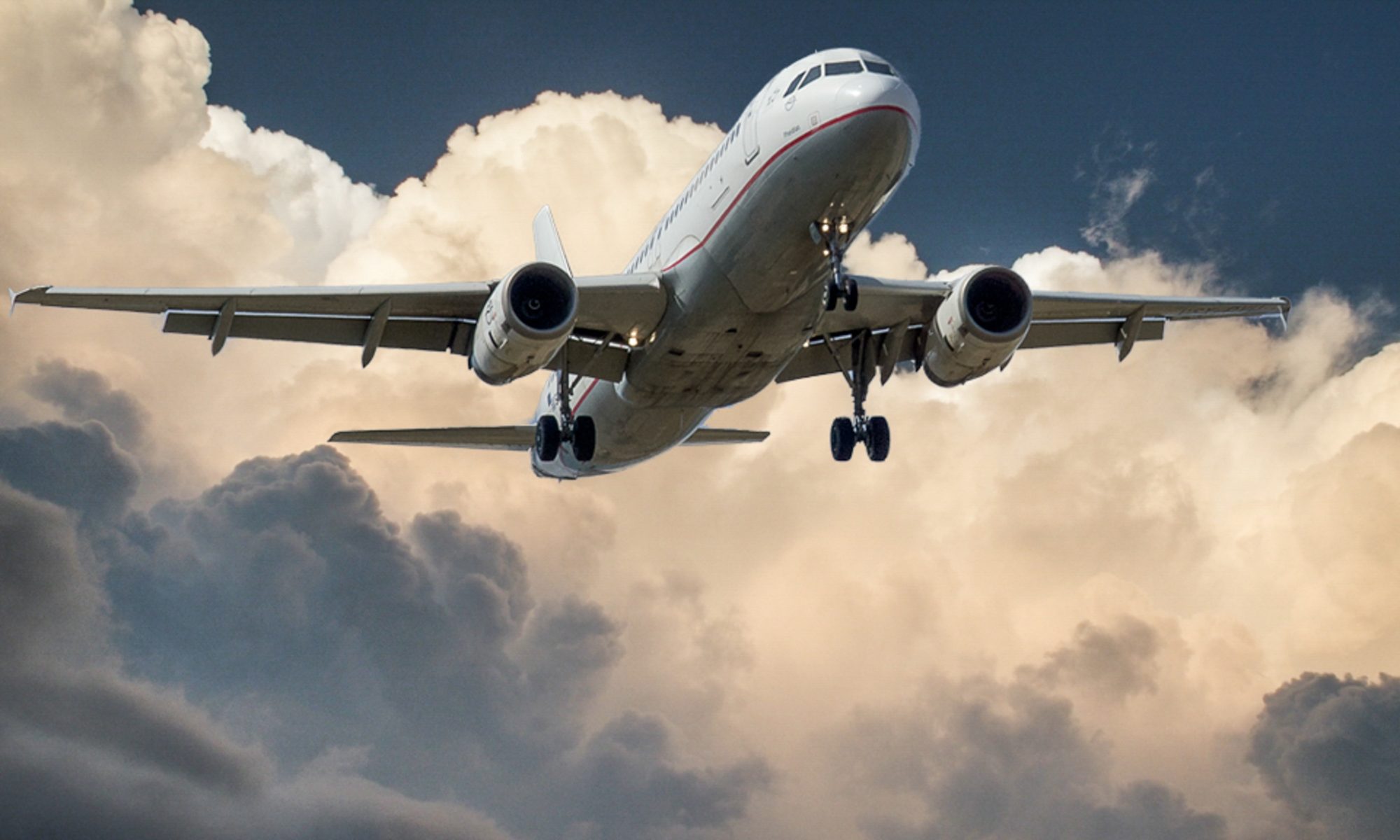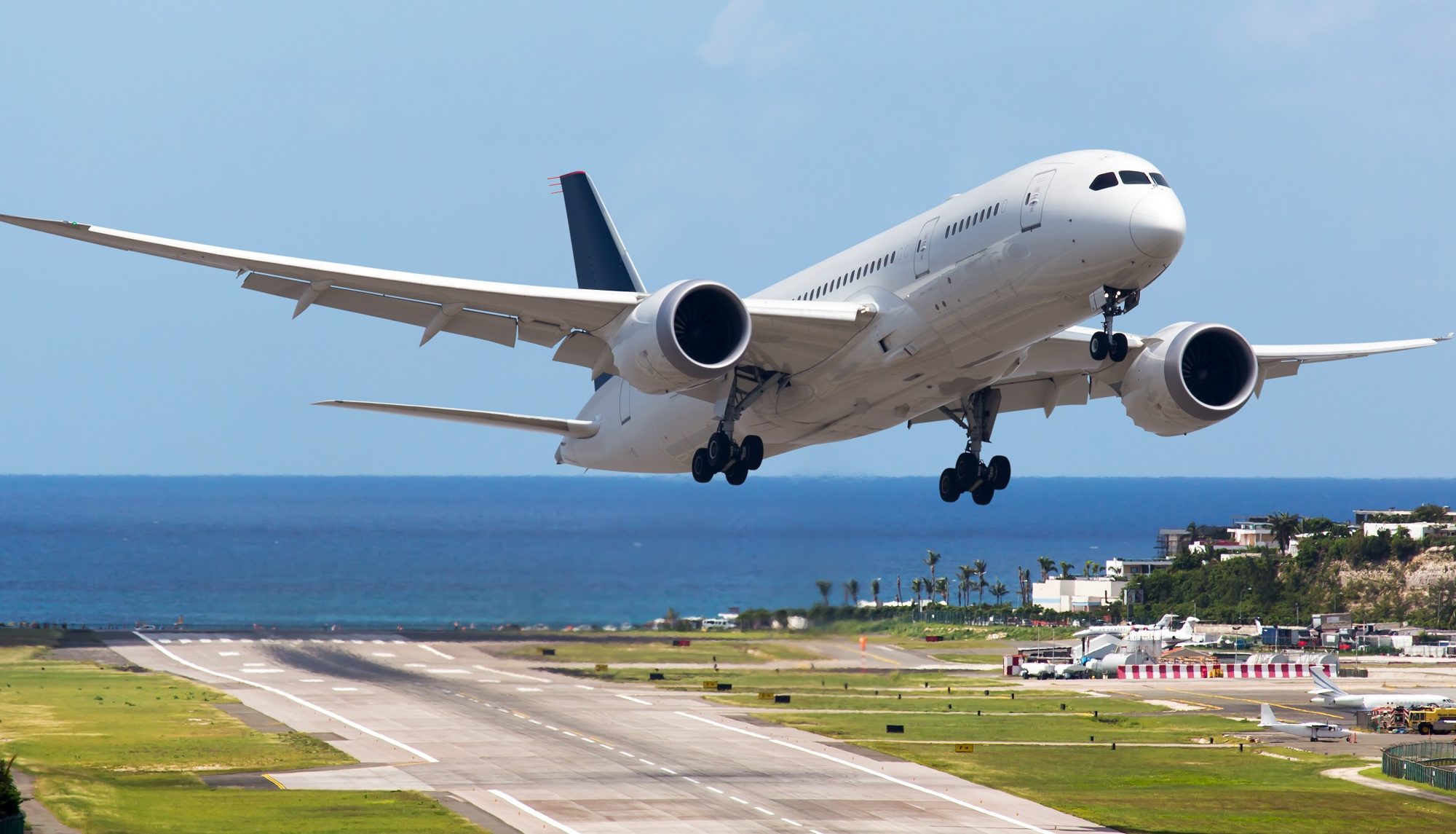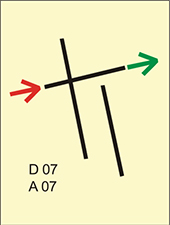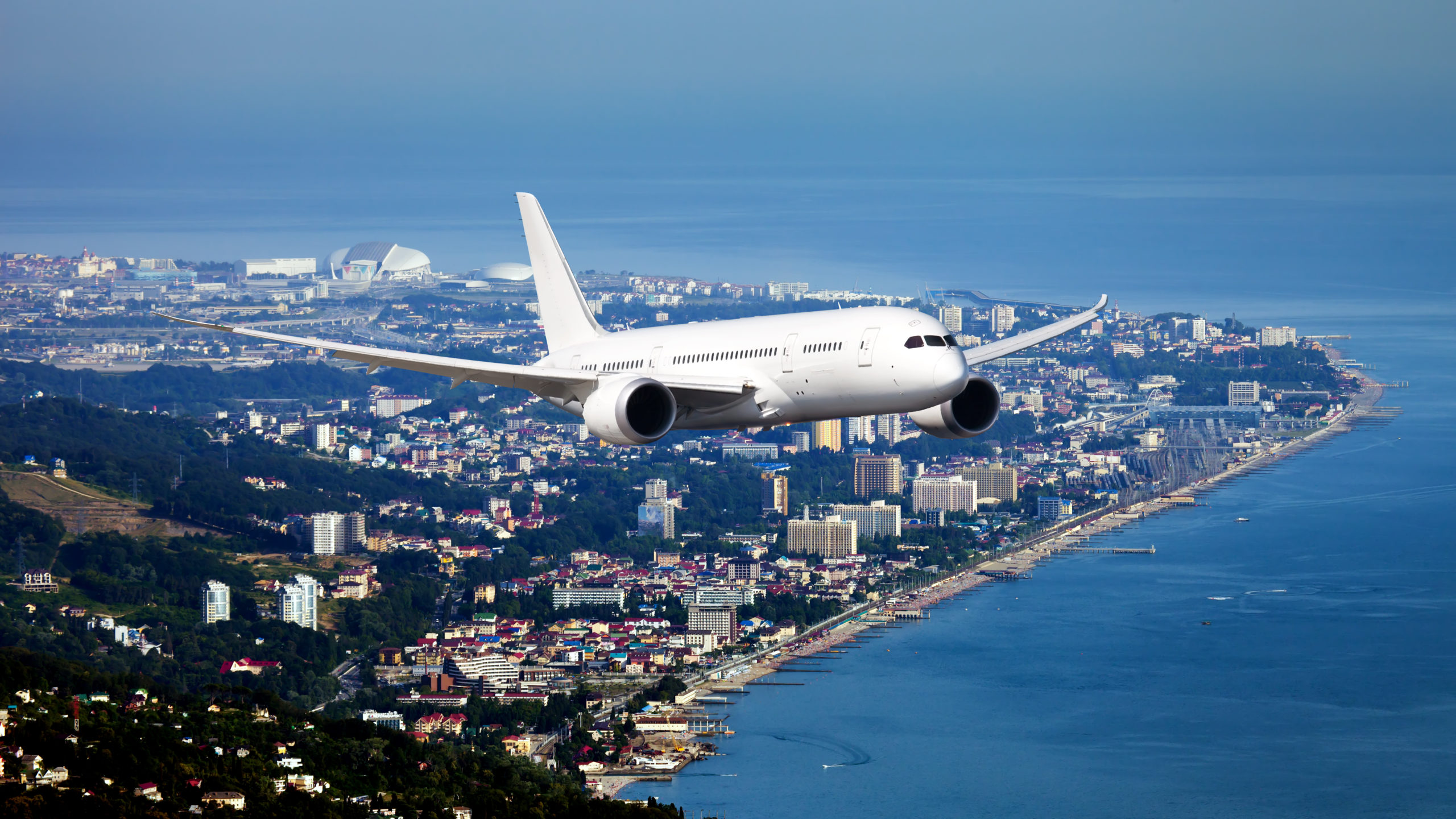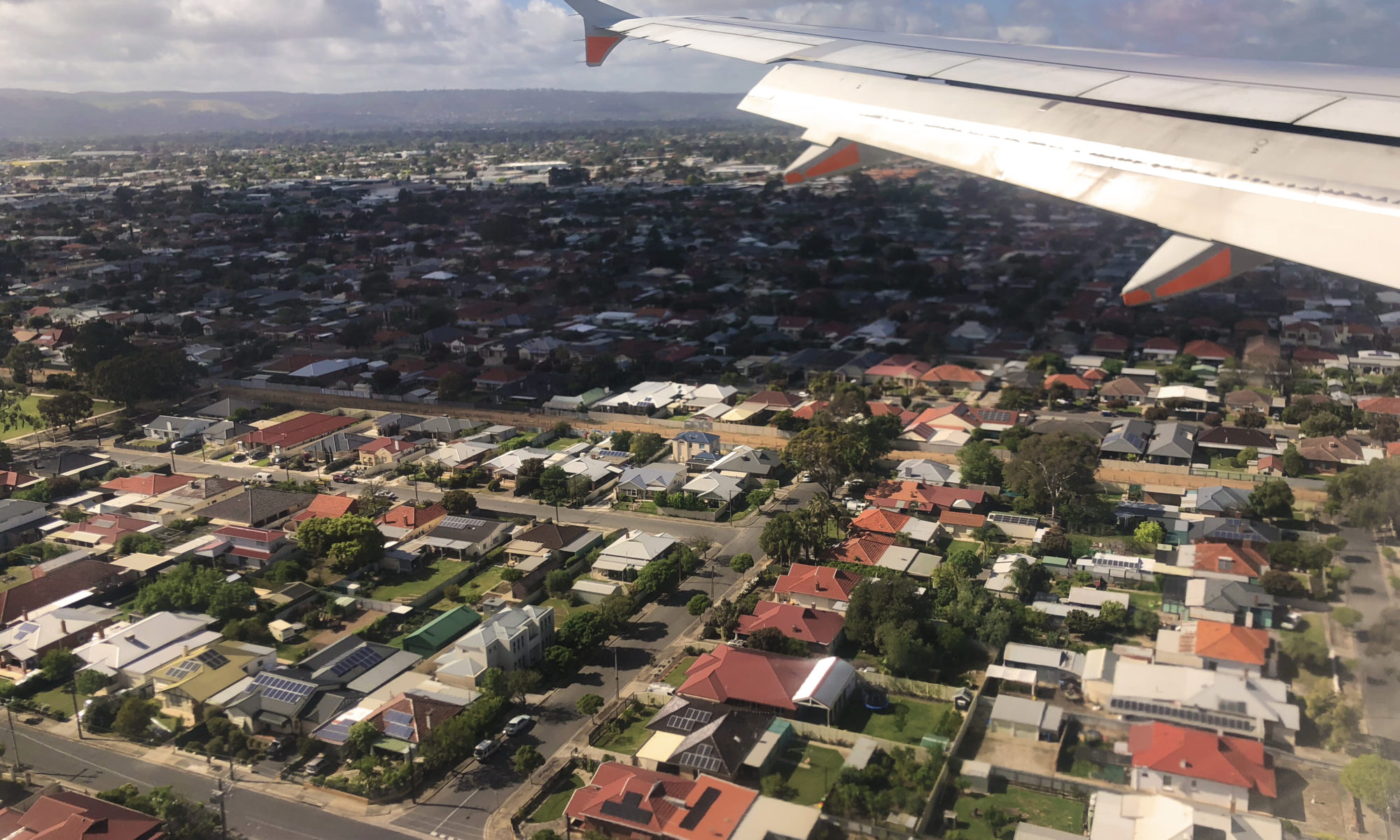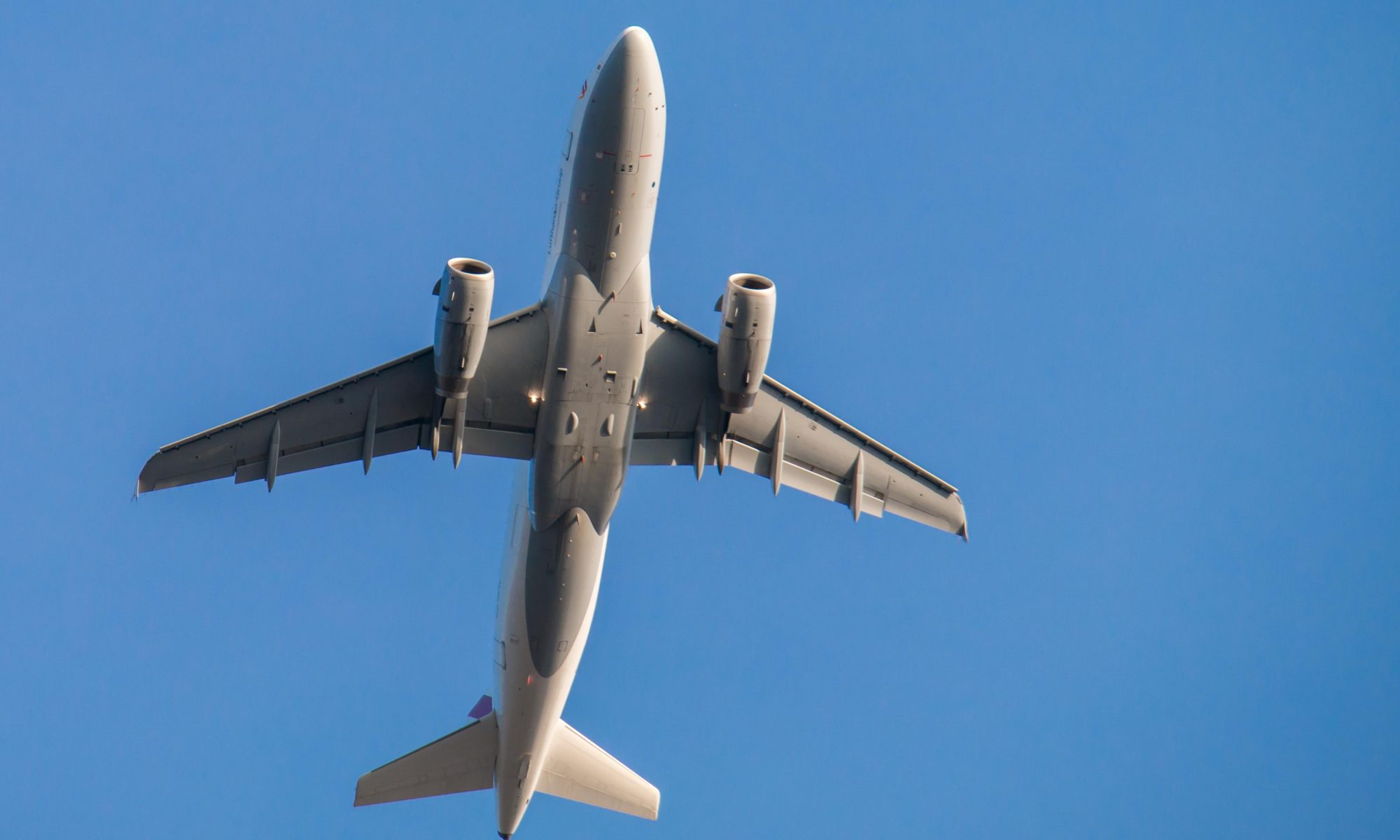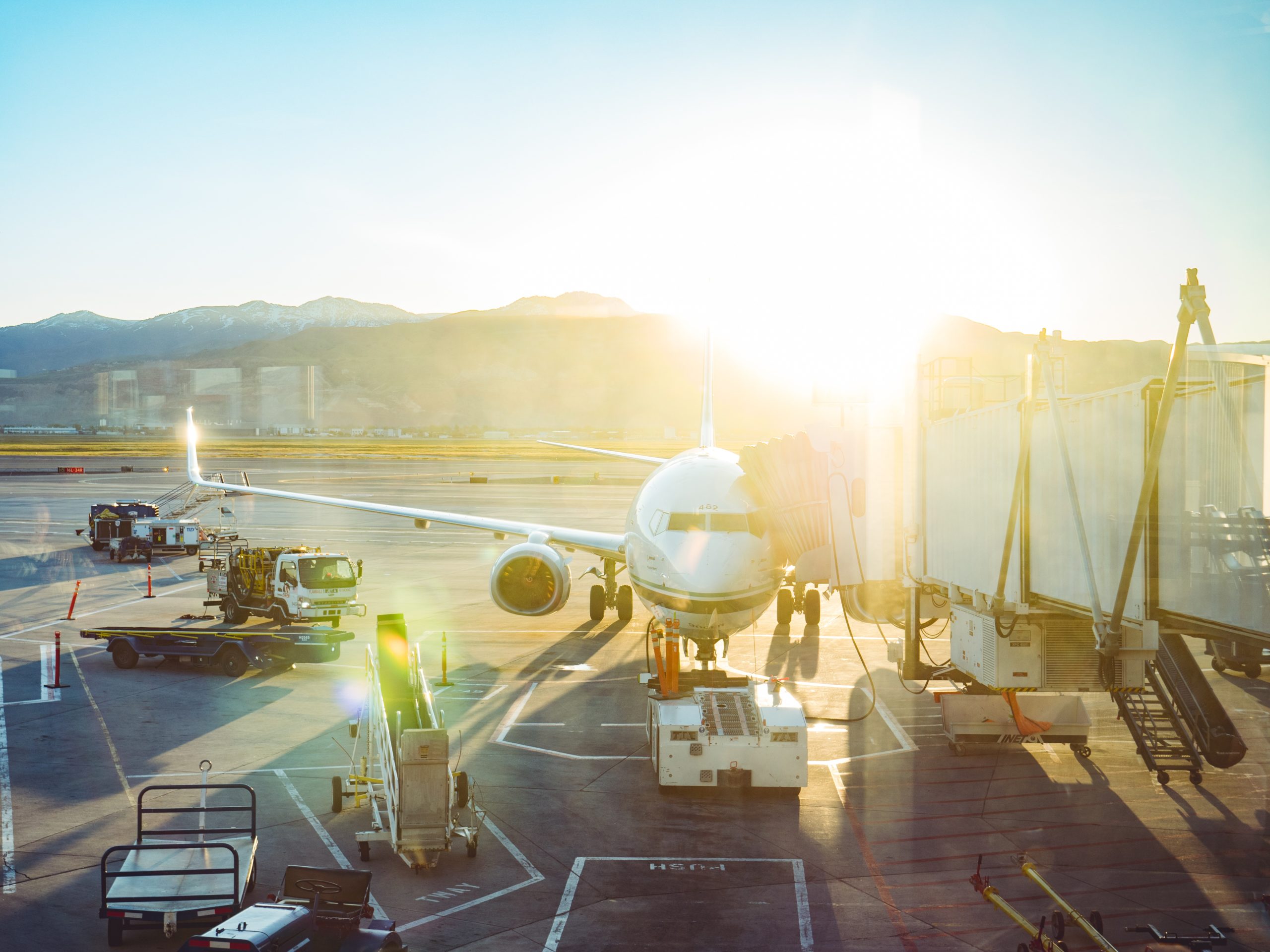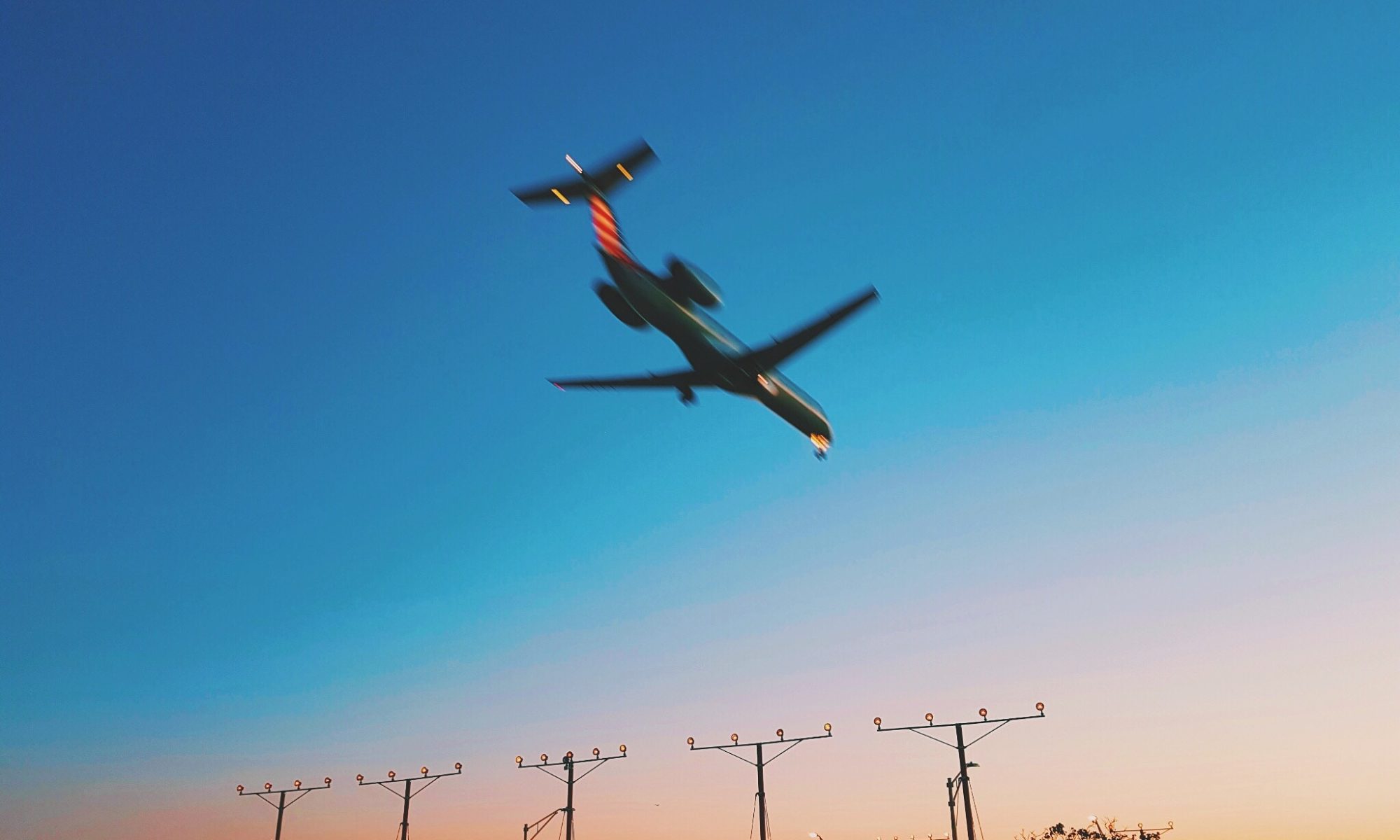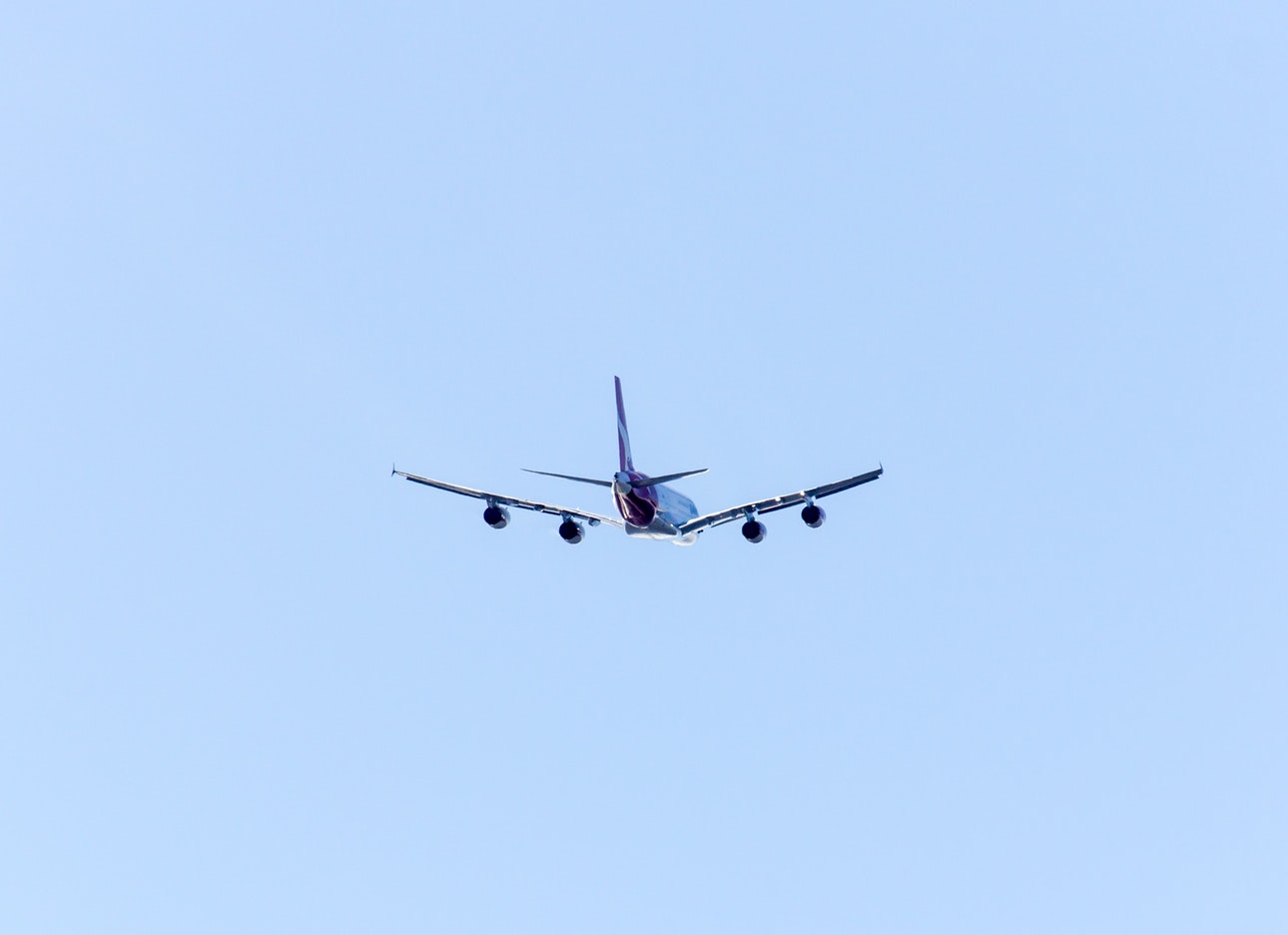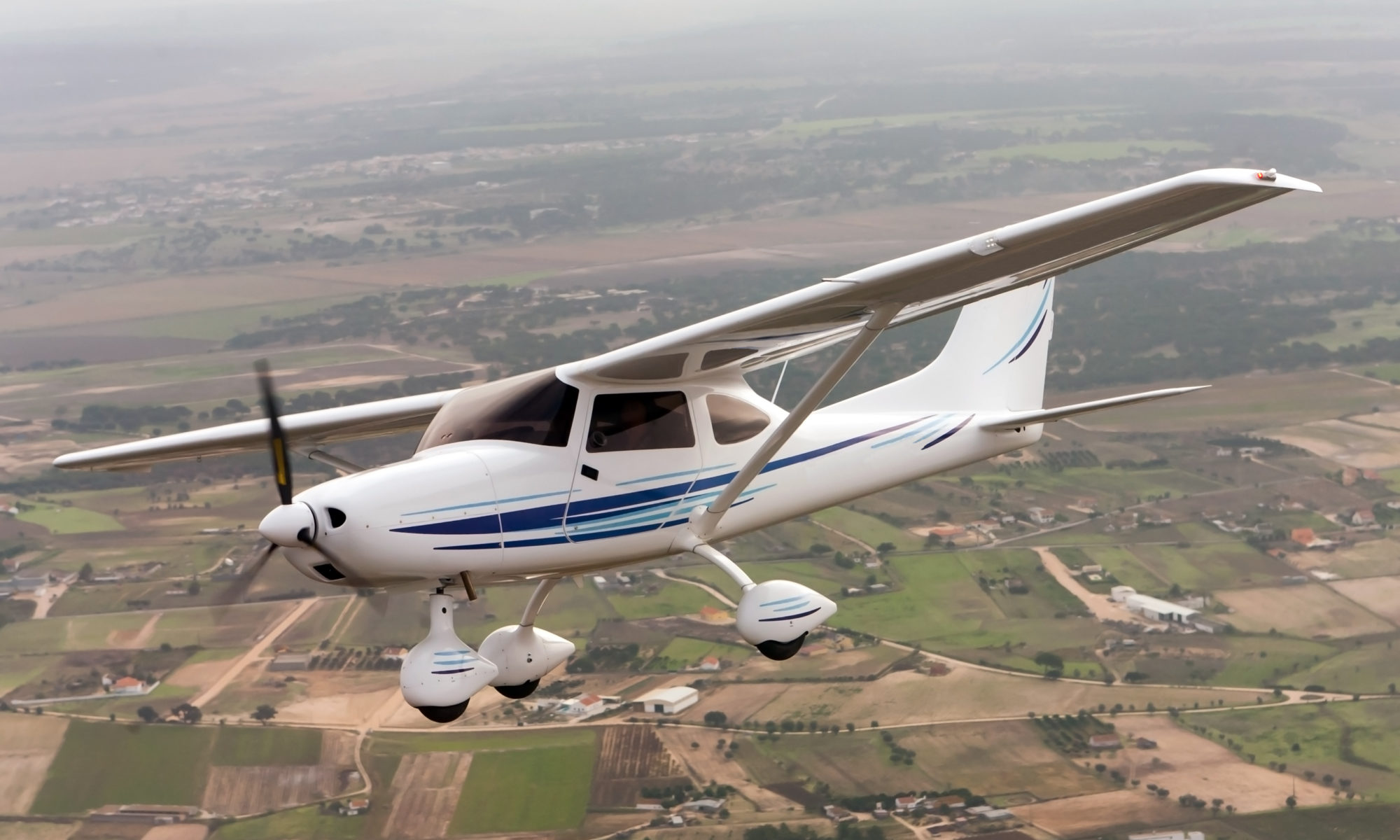Training times
Training during both day and night is important for developing pilot competencies, as is experience with using different types of navigational aids.
Circuit training times are set out in the Noise Abatement Procedures for Camden Airport. These are:
- Monday to Friday, non-daylight saving periods: 7:00am – 10:00pm
- Monday to Friday, daylight saving periods: 7:00am – 10:30pm
- Weekends: 7:00am to 8:00pm
Due to flying training courses running on different schedules, some nights will have multiple aircraft operating and other nights none at all.
These times above apply only to circuit training, and not to arriving and departing aircraft which may operate 24 hours a day. When aircraft are arriving outside control tower hours they are required to fly a circuit before landing for safety reasons. Therefore it may seem like aircraft are flying circuits outside hours when this is not the case.
Altitudes
Aircraft aim to fly at 1,000 feet on the downwind leg. This is because aircraft are ascending on the take-off and crosswind legs and descending on the base and final legs.
While attaining 1,000 feet on the downwind leg is the aim, in reality the altitudes of aircraft that are conducting circuit training will always vary. Part of the reason for this is that the trainees are new to flying and factors such as their level of experience and even their degree of nervousness will affect the altitudes they can achieve. Unfortunately the nature of circuit training is to teach new pilots and therefore this variation cannot be avoided.

